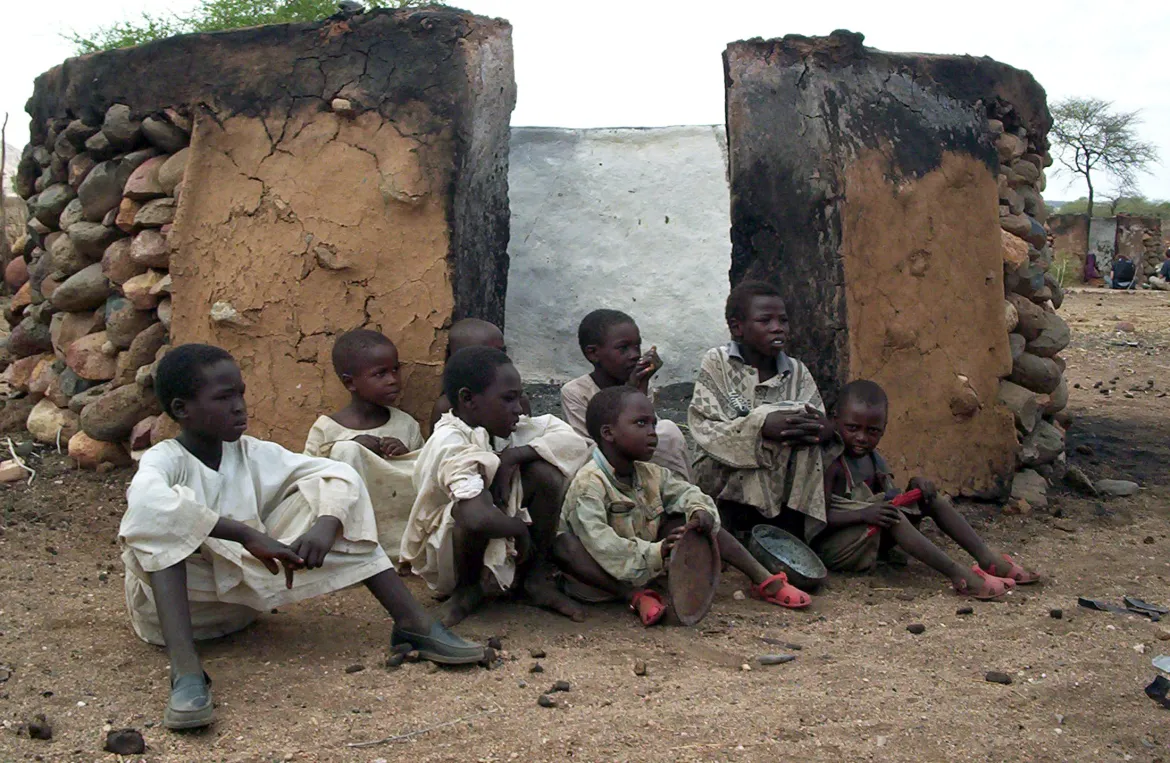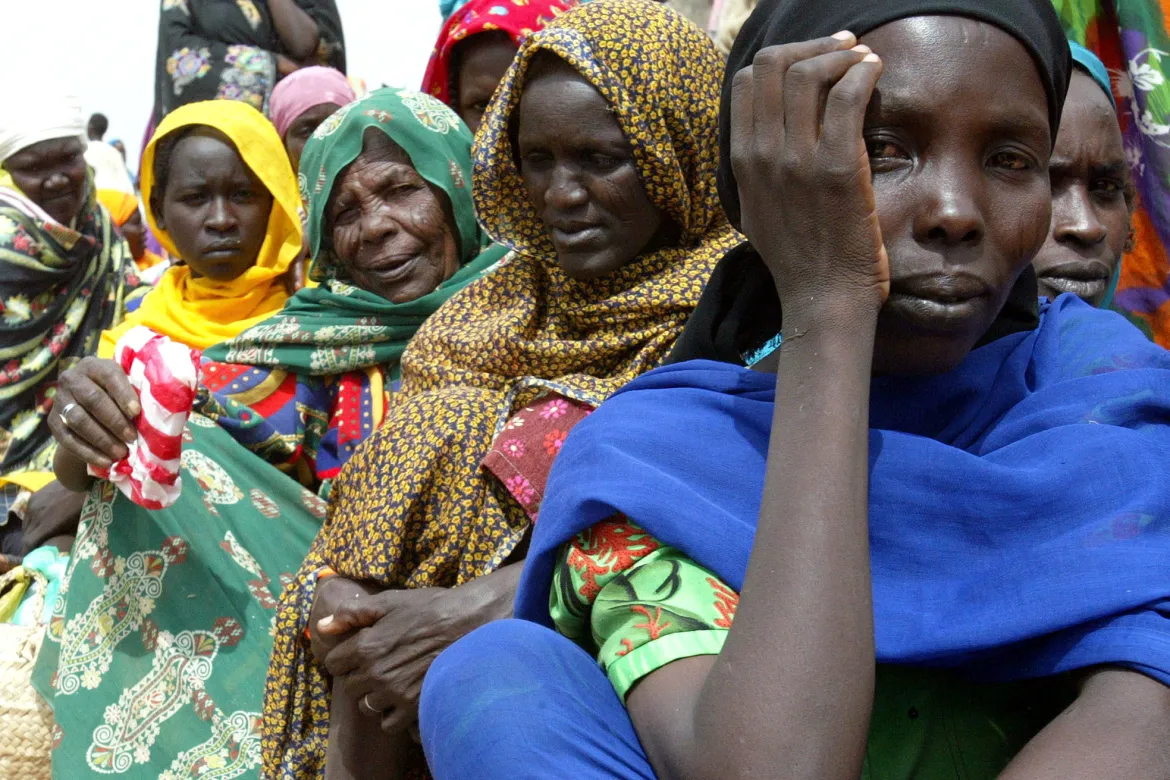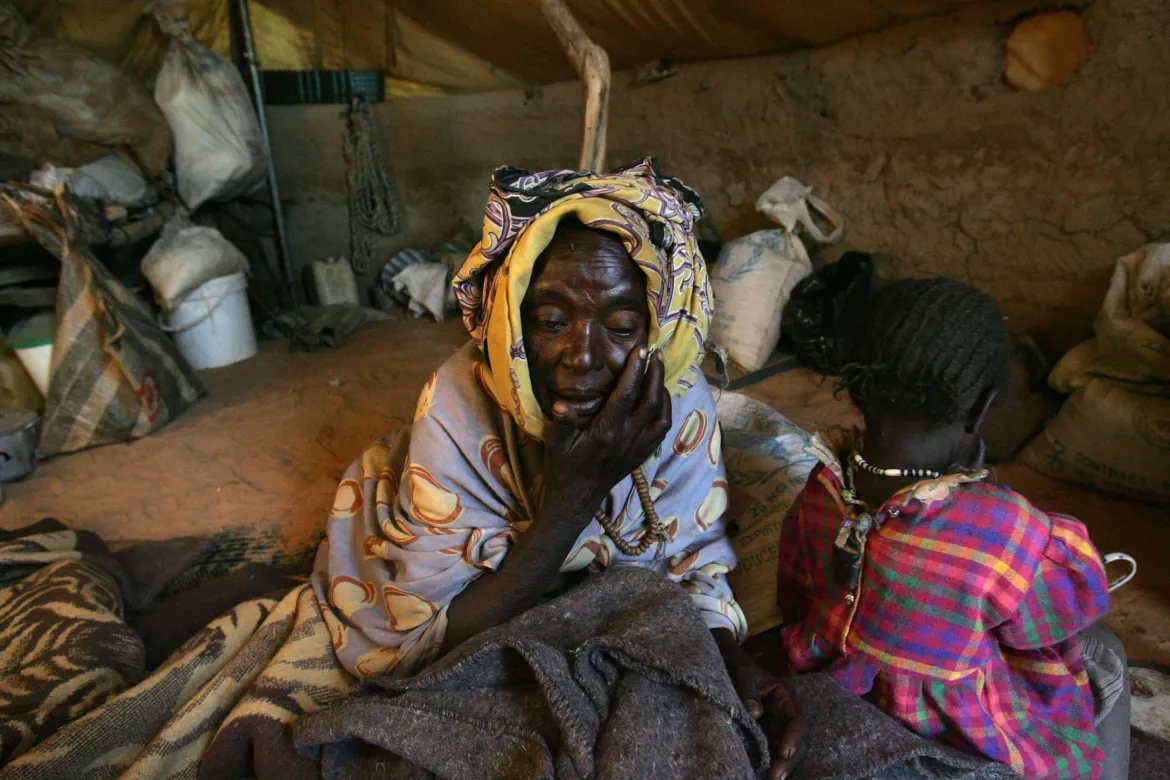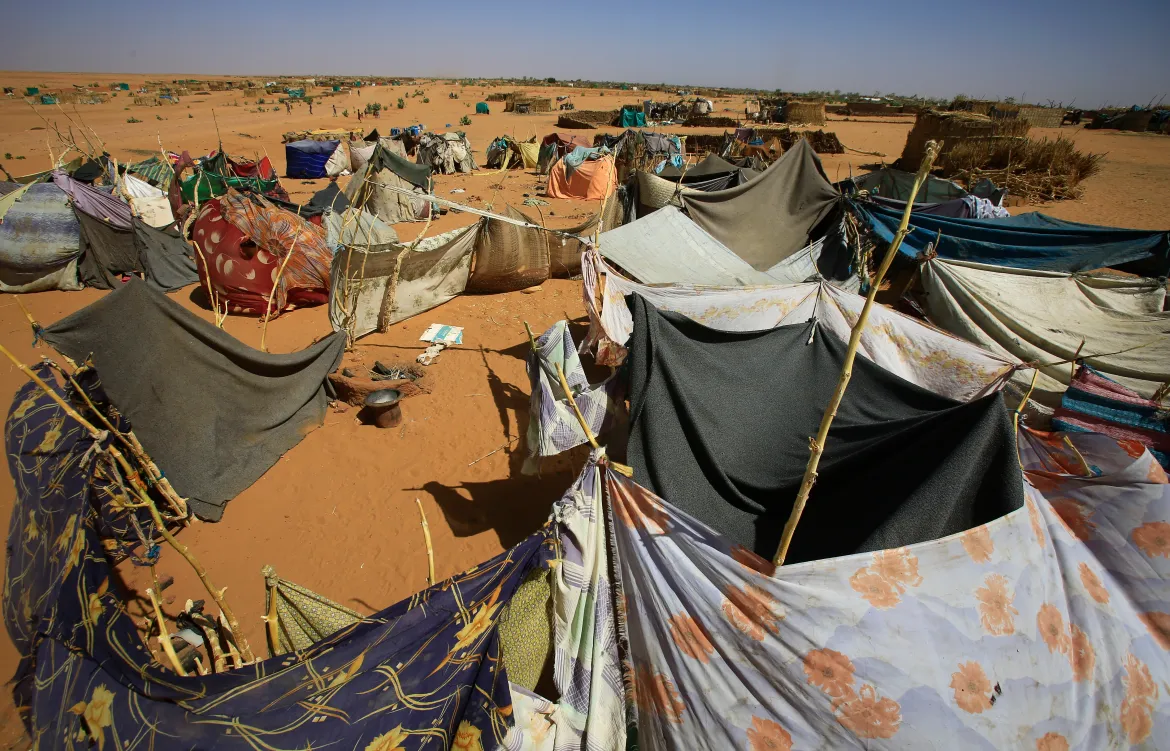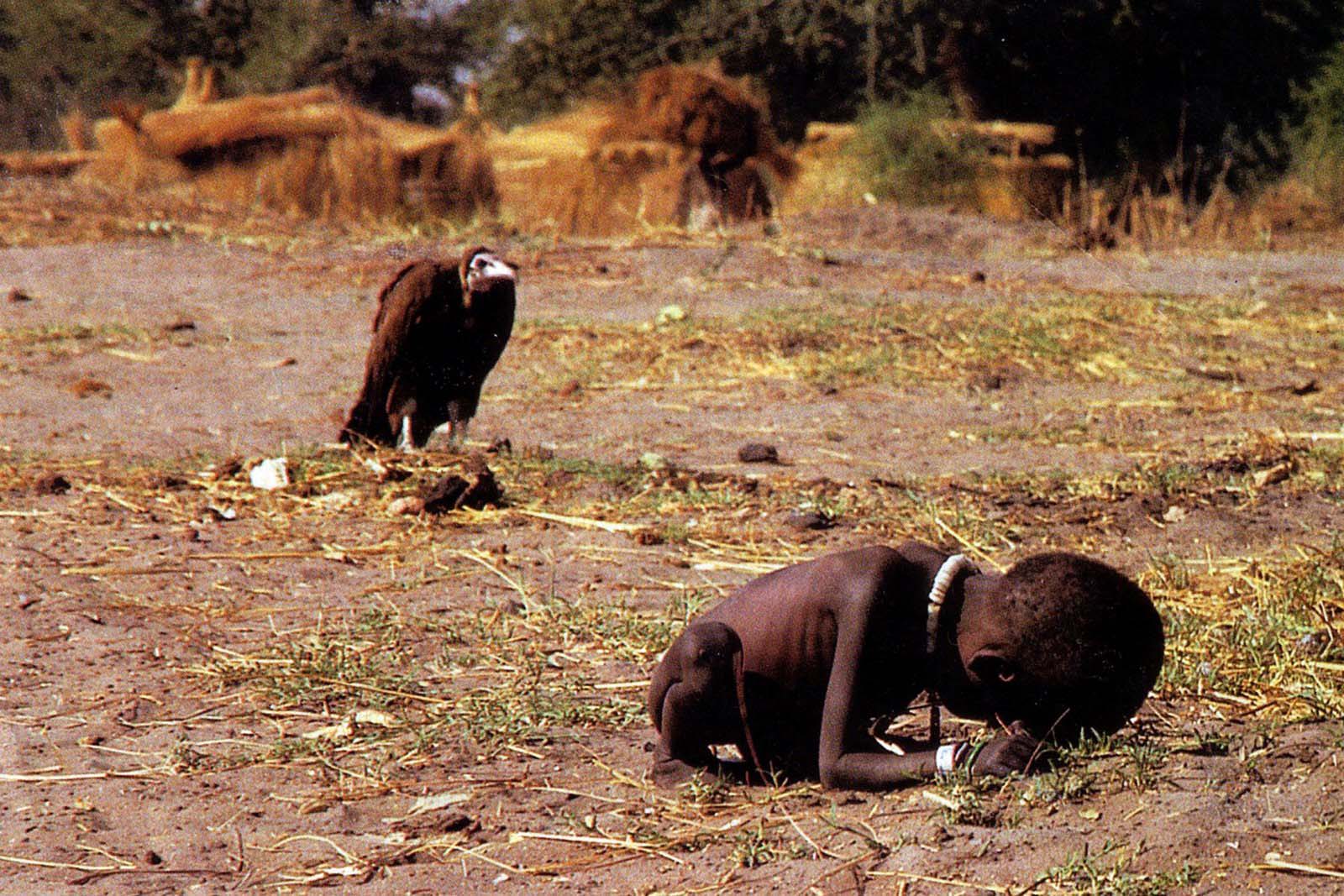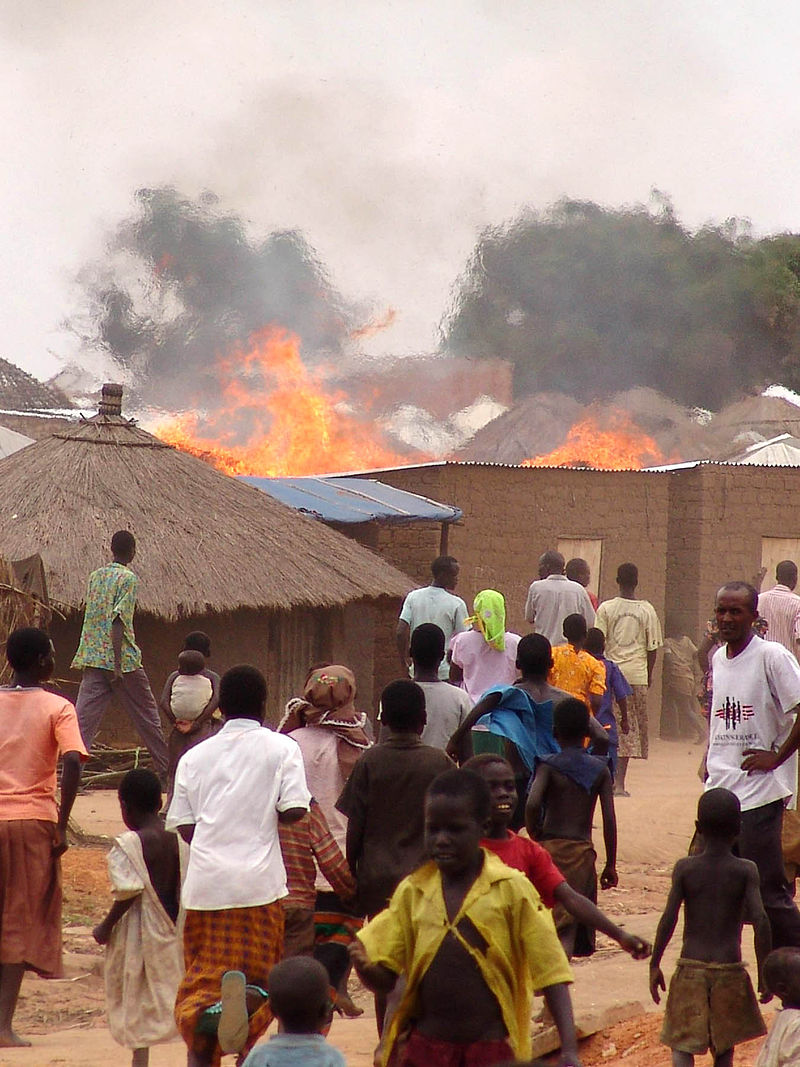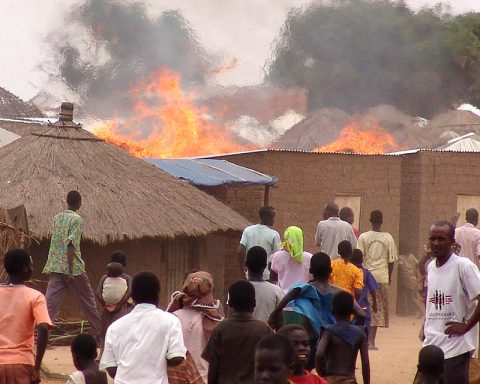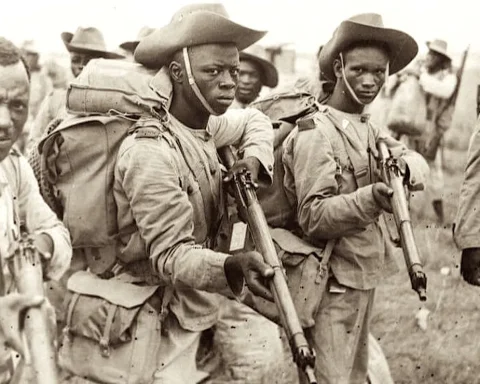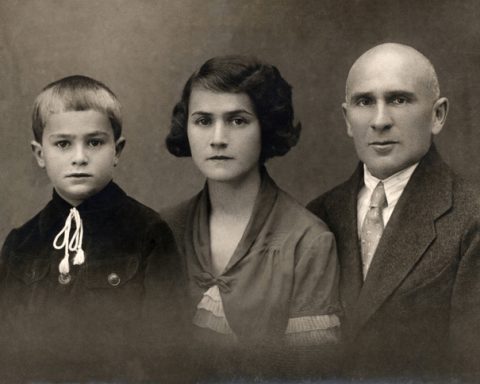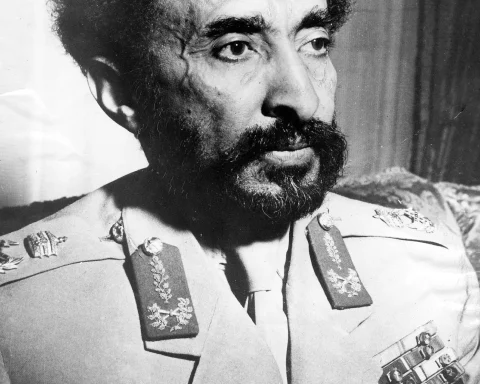Two decades ago, in the early 2000s, a devastating conflict erupted in the region of Darfur, located in western Sudan. This conflict occurred as non-Arab tribes rebelled against the Arab-dominated government in Khartoum, the capital city of Sudan. The root causes of this uprising can be traced back to long-standing grievances related to marginalization and underfunding, which were further Worsened after Omar al-Bashir seized power in a 1989 military coup, with backing from the National Islamic Front.
